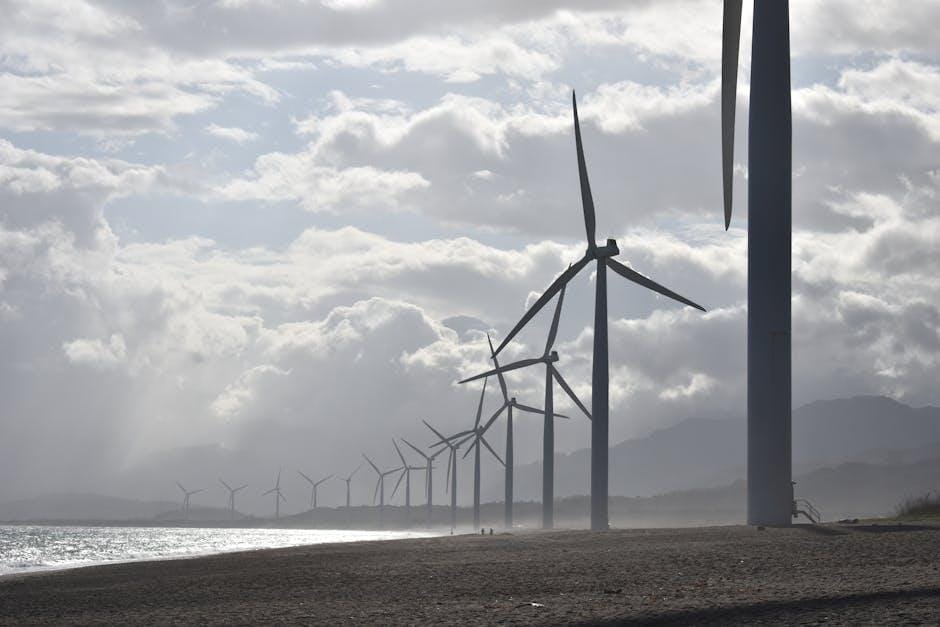How does solar energy work?
Renewable Energy Explained: Harnessing the Power of Sun, Wind, and Water
Renewable energy is at the forefront of the global shift towards a more sustainable future. Renewable energy sources like solar, wind, and hydroelectric power are essential for curbing carbon emissions and mitigating climate change.
Understanding Renewable Energy
Renewable energy is derived from natural processes that are replenished at a faster rate than they are consumed. The primary sources include:
- Solar Energy: Power harnessed from the sun’s radiation.
- Wind Energy: Power generated by harnessing the wind.
- Hydroelectric Power: Energy produced from moving water.
Solar Energy
Solar energy is the most abundant and accessible form of renewable energy. It involves converting sunlight into electrical energy using photovoltaic (PV) cells. These cells are often installed on rooftops or in large solar farms.
Benefits of Solar Energy
- Eco-friendly: Reduces carbon footprint.
- Cost-effective: Decreases electricity bills over time.
- Low maintenance: Requires minimal upkeep.
Case Study: Solar Initiatives
The United States has made significant strides in solar energy. For instance, California’s massive investment in solar farms goes a long way in meeting its energy needs sustainably.
Wind Energy
Wind energy is generated using wind turbines that convert kinetic energy from wind into electrical power. Wind farms can be located onshore or offshore and play a critical role in renewable energy production.
Benefits of Wind Energy
- Renewable: Sustainable with an infinite supply.
- Job creation: Boosts employment in the energy sector.
- Land use: Landowners can earn income by hosting turbines.
Case Study: Wind Power Success Stories
Denmark leads the world in wind power, generating around 50% of its electricity from wind energy. This model serves as a blueprint for other countries aiming for significant renewable energy adoption.
Hydroelectric Power
Hydroelectric power generates electricity through the movement of water, usually from dams on large rivers. It’s one of the most stable and dependable sources of renewable energy.
Benefits of Hydroelectric Power
- Reliable: Provides a consistent power supply.
- Flexible: Can meet varying electricity demands.
- Multi-purpose: Reservoirs created by dams can assist with flood control and irrigation.
| Source | Installation Cost | Maintenance Cost | Environmental Impact |
|---|---|---|---|
| Solar | Medium | Low | Very Low |
| Wind | High | Medium | Low |
| Hydroelectric | Very High | Low | Medium |
Benefits and Practical Tips
Switching to renewable energy sources comes with numerous environmental, economic, and social benefits. Here are some practical tips for embracing renewable energy:
Practical Tips
- Install Solar Panels: Check local regulations and incentives for solar installations.
- Wind Turbines: Consider wind turbines if you live in a windy area. Small wind turbines can be used for residential purposes.
- Energy Conservation: Enhance energy efficiency by using energy-saving appliances and practices.
Conclusion
Renewable energy is pivotal for addressing climate change and ensuring a sustainable future. Harnessing the power of the sun, wind, and water not only benefits the environment but also promotes economic growth and energy security. By understanding and implementing renewable energy solutions, we can significantly reduce our carbon footprint and transition to a greener planet.
